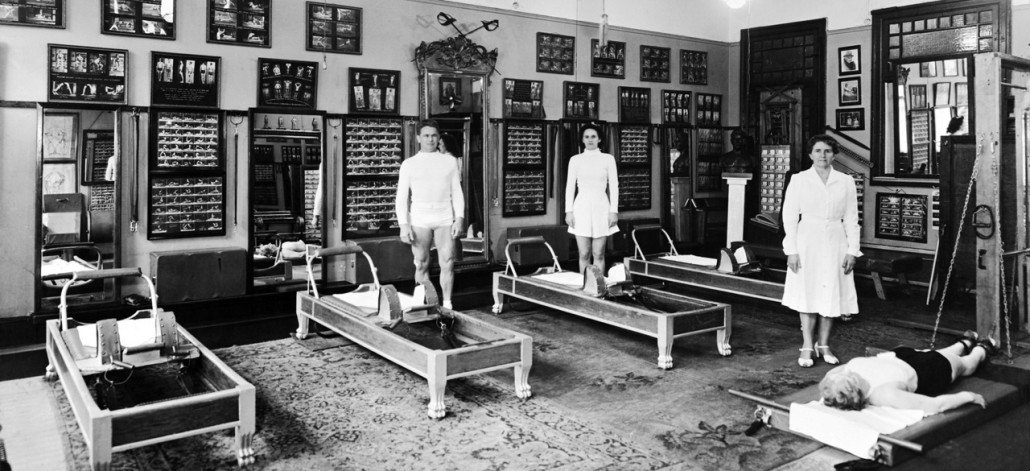
What is Pilates?
Originally called Contrology, Pilates was developed by Joseph Pilates in the early 1900s. The six principles of Pilates are a guide to how each exercise should be performed with the aim of strengthening the postural muscles and muscles of the abdomen. The exercises are done on various specialised equipment with weight resistance provided by springs and your own body.
Who was Pilates?
Joseph Pilates used exercise as a way to heal his many illnesses from childhood. He believed you should be in control of your body and not your body in control of you. After immersing himself in yoga, wrestling, boxing, gymnastics and martial arts he was inspired to develop his own form of movement.
During World War I, Joseph was interned in England and the concept of the springs started. Securing springs to hospital beds allowed soldiers to exercise if they were too immobile. Once released, Joseph returned to Germany, where, through an introduction from Rudolf Von Laban, he worked with the dance community. Unsatisfied with the political atmosphere, Joseph emigrated to New York and set up a studio in the New York City Ballet premises. As the dancers from the company began to attend his studio, news spread of this new exercise method quickly gaining traction with athletes, actors and those seeking rehabilitation.
The impact of Joseph Pilates on health and wellbeing has revolutionised exercise and offers an alternative to those who would like to regain strength and mastery of their own bodies.
The foundation of the Pilates method. It connects the body and mind and is the force behind the movement within the exercise.
Centre refers to our centre of gravity, as well as the core muscles of the body.
With concentration exercises are done with a connection to the body that allows focus on alignment, and movement with breath coordination.
Control is deliberately executing the exercises. The more control there is, the better alignment and knowledge of the body.
Each exercise should be performed gracefully, smoothly and each movement flows onto the next.
Precise execution helps retrain the body to move in a different more aligned way.







